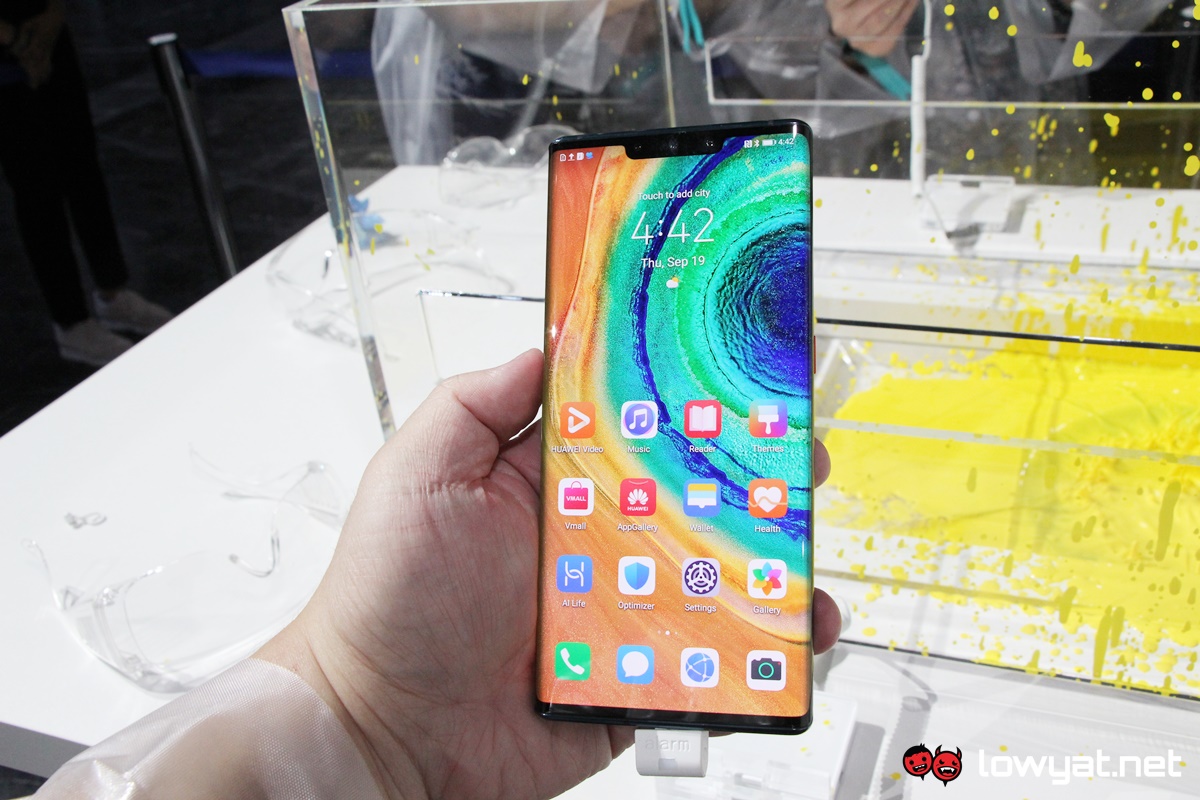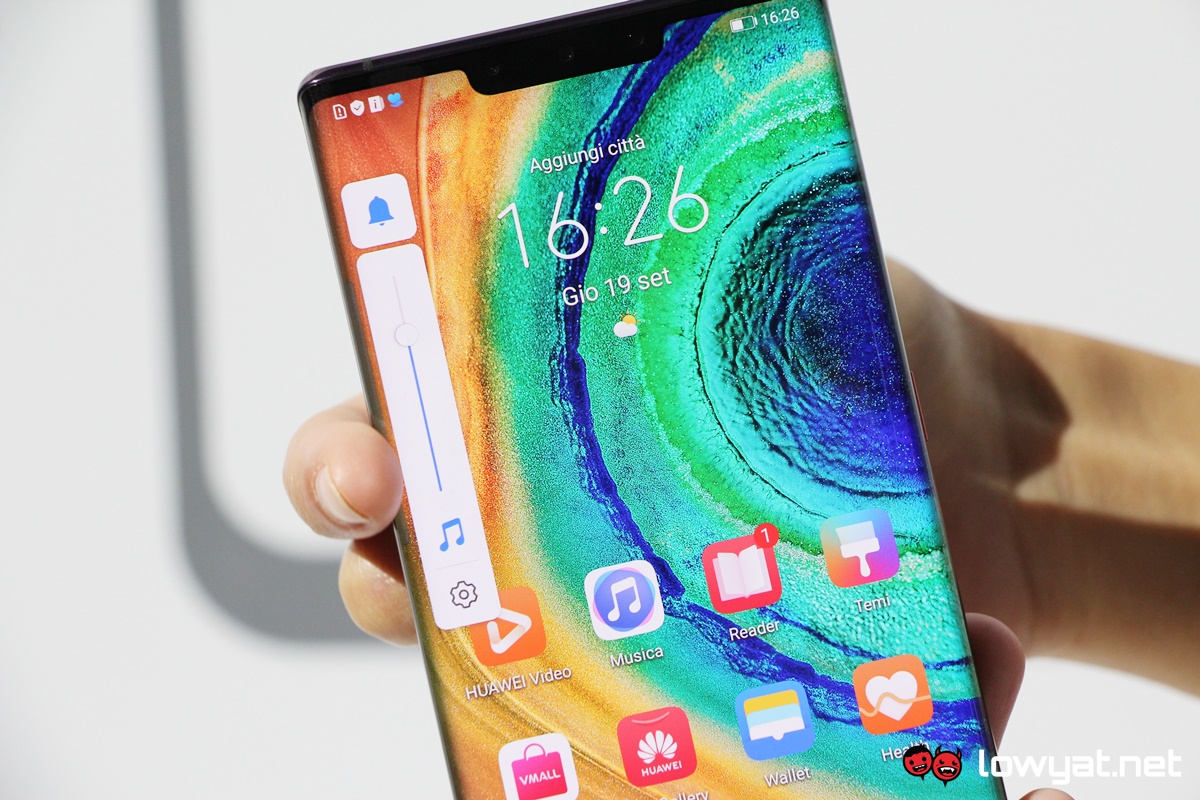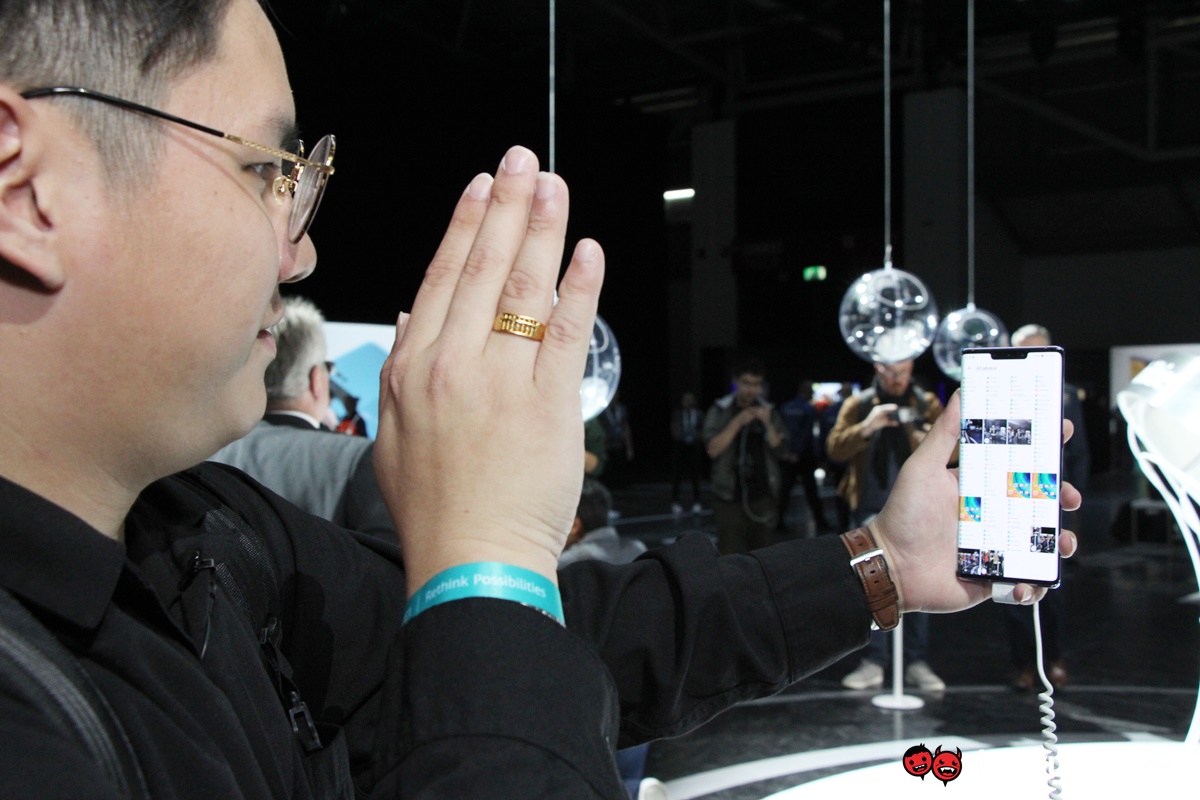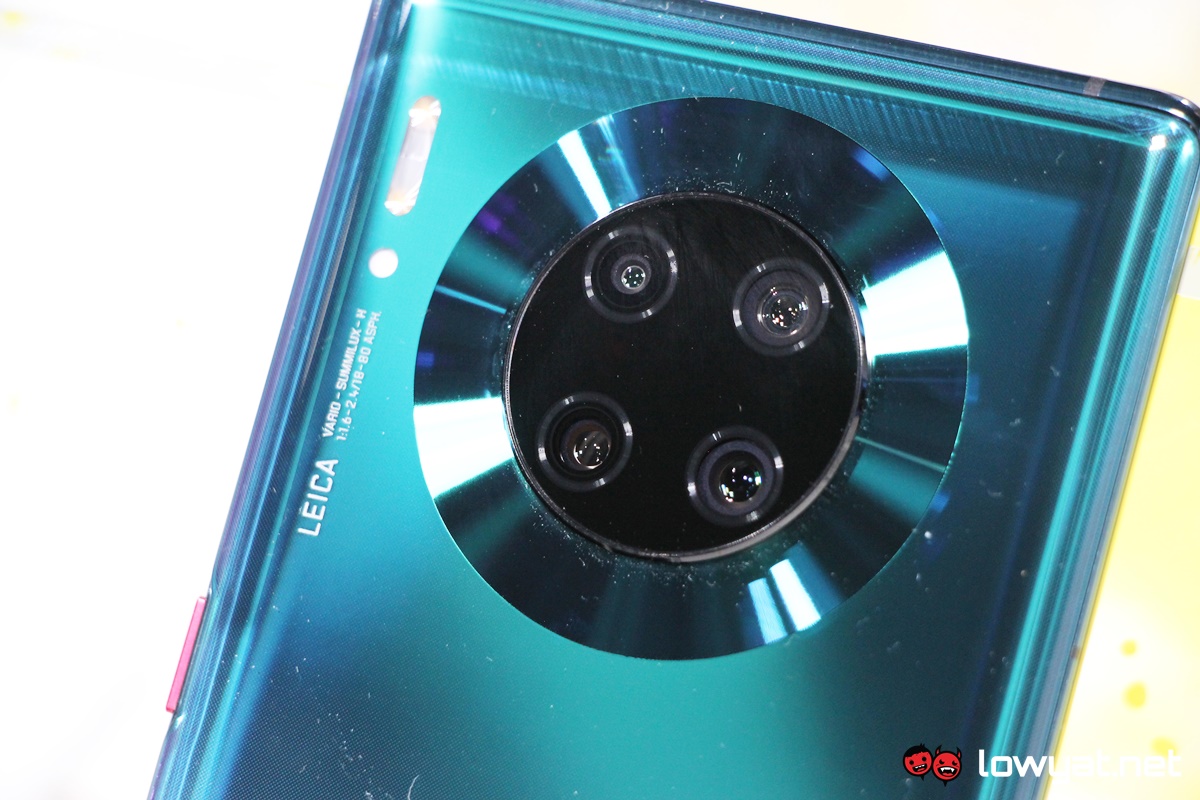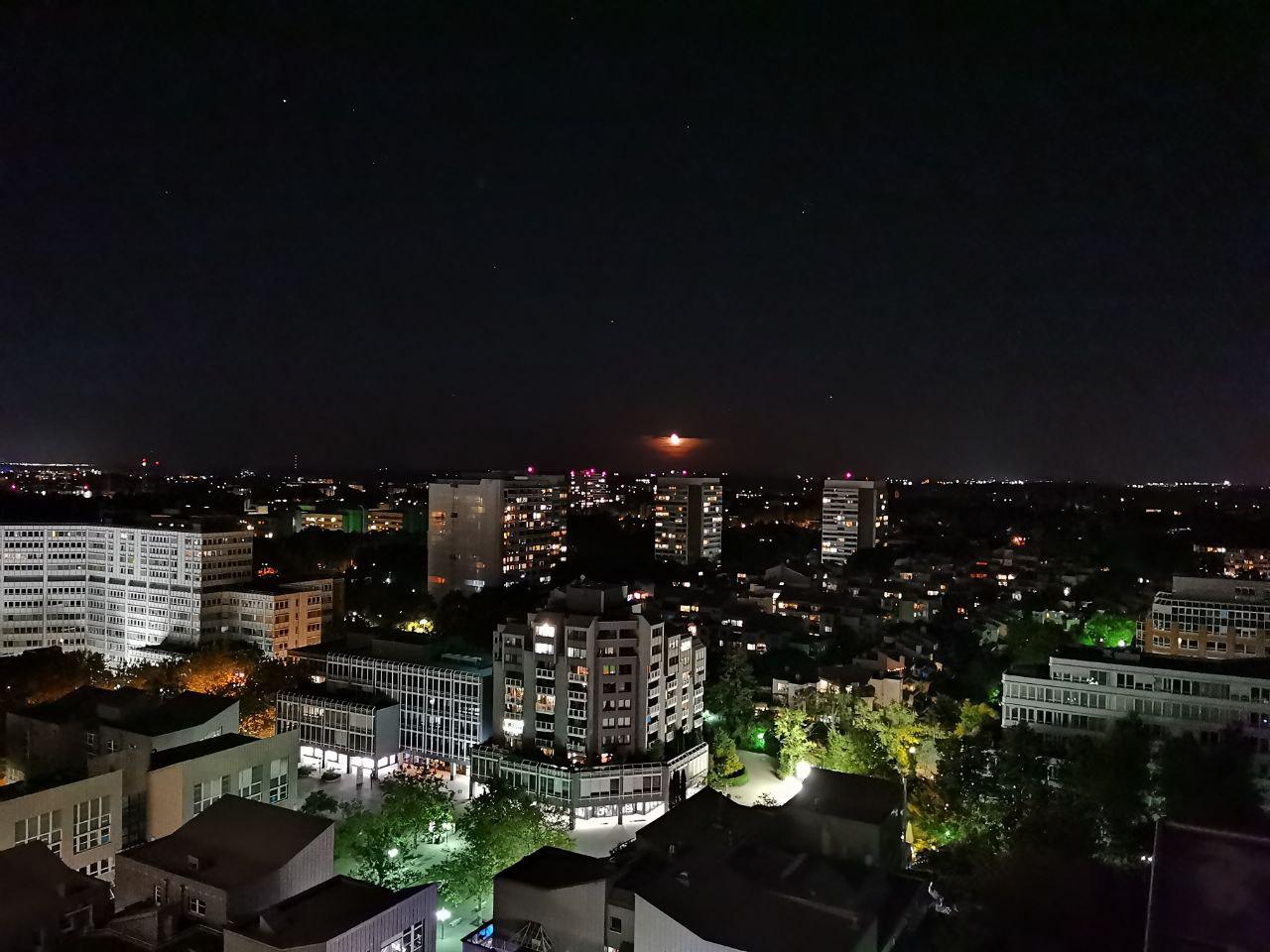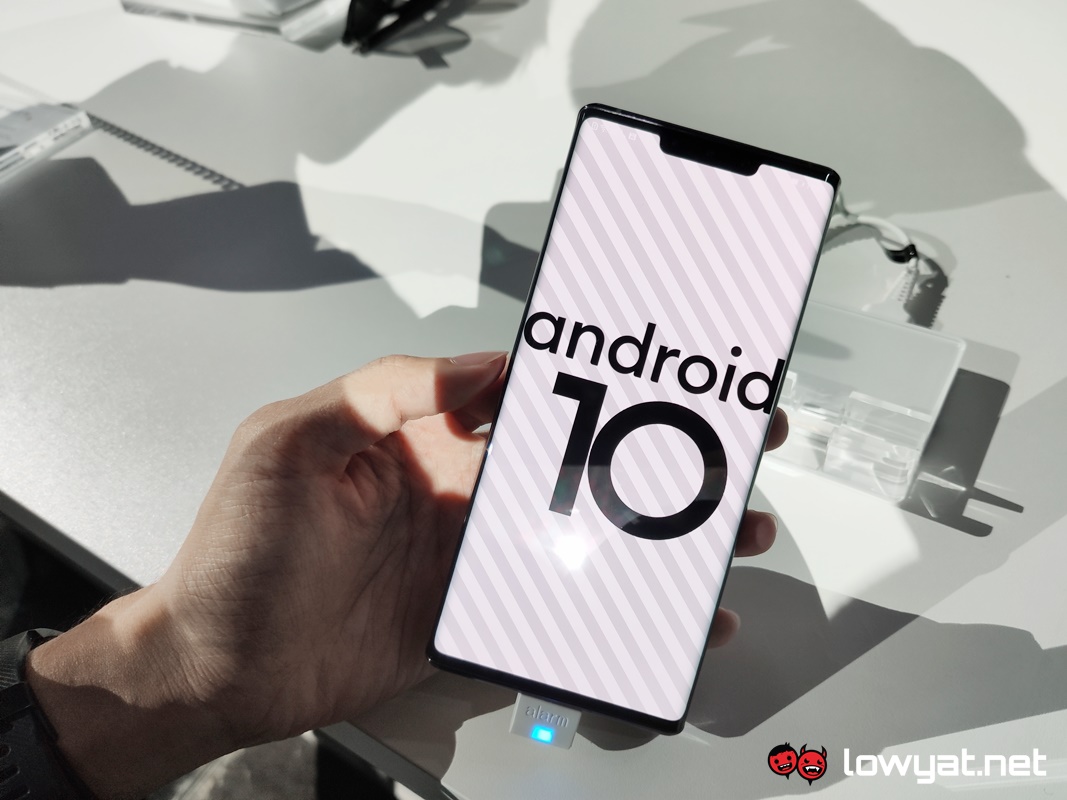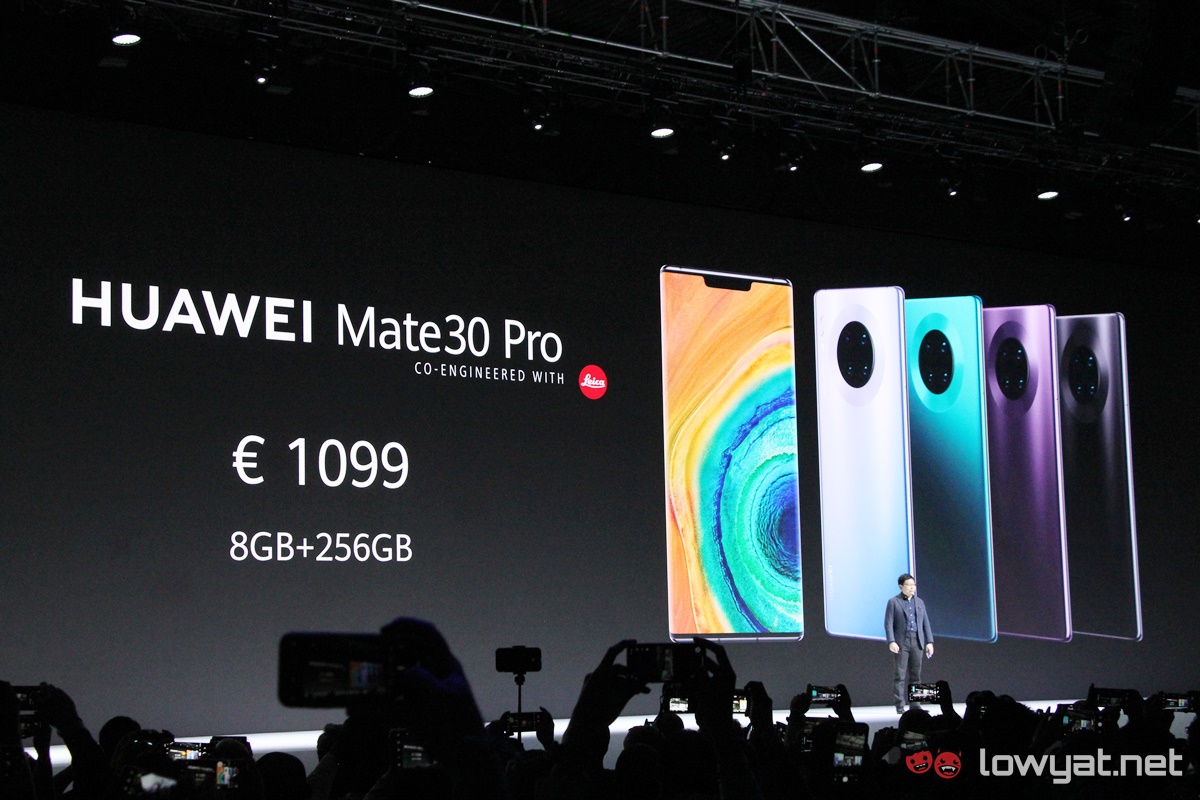As these things go, the Mate 30 Pro is the premium version of the two Mate 30s. Beyond this point, we’re entering Mate 30RS Porsche Design territory, and that’s a story for another day. To recap on the hardware, the Mate 30 Pro runs on Huawei’s new Kirin 990 SoC. As announced during Huawei’s keynote, the chipset comes in two flavours: one with 5G support, and one without. On that note, there’s also a 5G variant of the Mate 30 Pro that Huawei will make available depending on the region.
On a side note, Huawei’s CEO, Richard Yu, made brief mention of the rest of the phone’s specifications. To my knowledge, both the Mate 30 and Mate 30 Pro run on 8GB LPDDR4X RAM, while the internal storage capacity of the latter was listed as just 256GB. However, I did hear words on the floor that a variant with 512GB internal storage capacity is on the way. Let’s move on to another topic; the size of the Mate 30 Pro. At 6.53-inches, it isn’t as cumbersome to handle as one would imagine. It’s longer than it is wide, and because of that, I have no problem with handling the phone with just one hand. On that note, the phone’s new Horizon Display is a thing of beauty. The curvature of the display edges is more extreme than the ones on the Galaxy Note10+’s display, but the reason for that can be summed up in two words: Side Touch.
Side Touch reminds me of HTC’s Edge Sense, but unlike the latter, Side Touch requires significantly less squeezing. And while it is designed to perform a couple of functions, it’s primarily designated as a replacement for the physical volume rocker. Simply tap twice on either edge, and out comes the volume slider. The other function of Side Touch is to act as a virtual shutter button for the Mate 30 Pro, but from what I’ve seen, it’s only for the selfie camera. Believe me, I looked for a way to use it a shutter button for the main camera, but no, it just wasn’t there.
Then brings us to the Mate 30 Pro’s new main quad-camera. Specs-wise, the phone sports a 40MP f/1.8 ultra-wide Cine camera, a 40MP f/1.6 SuperSensing Camera, an 8MP f/2.4 Telephoto lens with OIS, and a 3D depth-sensing camera instead of the laser focus used in the Mate 30. As one has come to expect of a Huawei smartphone since the P9, taking beautiful shots with the Mate 30 Pro is effortless as it is intuitive. Like the P30 Pro, it’s got the same long-range zoom function, but instead 50x times zoom, it’s limited to just 30x times, and frankly, that’s plenty.
Photography aside, the Mate 30 Pro’s Cine camera marks the first time Huawei putting an emphasis on filming and video recording. More specifically, recording in 4k resolution at 60 fps, and capturing time-lapse in 4K HDR+. And just when you think 960 fps super slow motion was the highest a device can achieve, the Mate 30 Pro pulls a proverbial rabbit out of the hat by introducing a staggering 7680 fps. At those frame rates, every movement captured on camera comes to a standstill. Of course, there are some prerequisites shooting at those frames. For a start, the video resolution only goes as high as 720p. The second requirement is ample lighting; most of the samples we shot on the phone were outdoors and during the day. I didn’t really spend much time in this area, but my colleague will be releasing his own hands-on video about the phone soon, so keep an eye out for it.
I want to tell you about the Mate 30 Pro in a life without Google Media services. Unfortunately, I’m only able to talk about this later. What I can tell you is that, at the very least, both devices still run with the latest Android 10 OS as a base with Huawei’s EMUI 10. Ultimately, the Mate 30 Pro is a good phone, and a major improvement over its predecessor. From the new chipset to the quad-camera module and its SuperSensing And Cine sensors, there’s little reason for me not to suggest the phone to photographers and videographers alike. On the other hand, the lack of Google Media Services due to the US’ executive order makes it both a deciding factor and hard sell to consumers long accustomed to digital service.
That said, we’re still looking forward to playing around with the device, so look forward to our review. Photography by Jin Soh.
